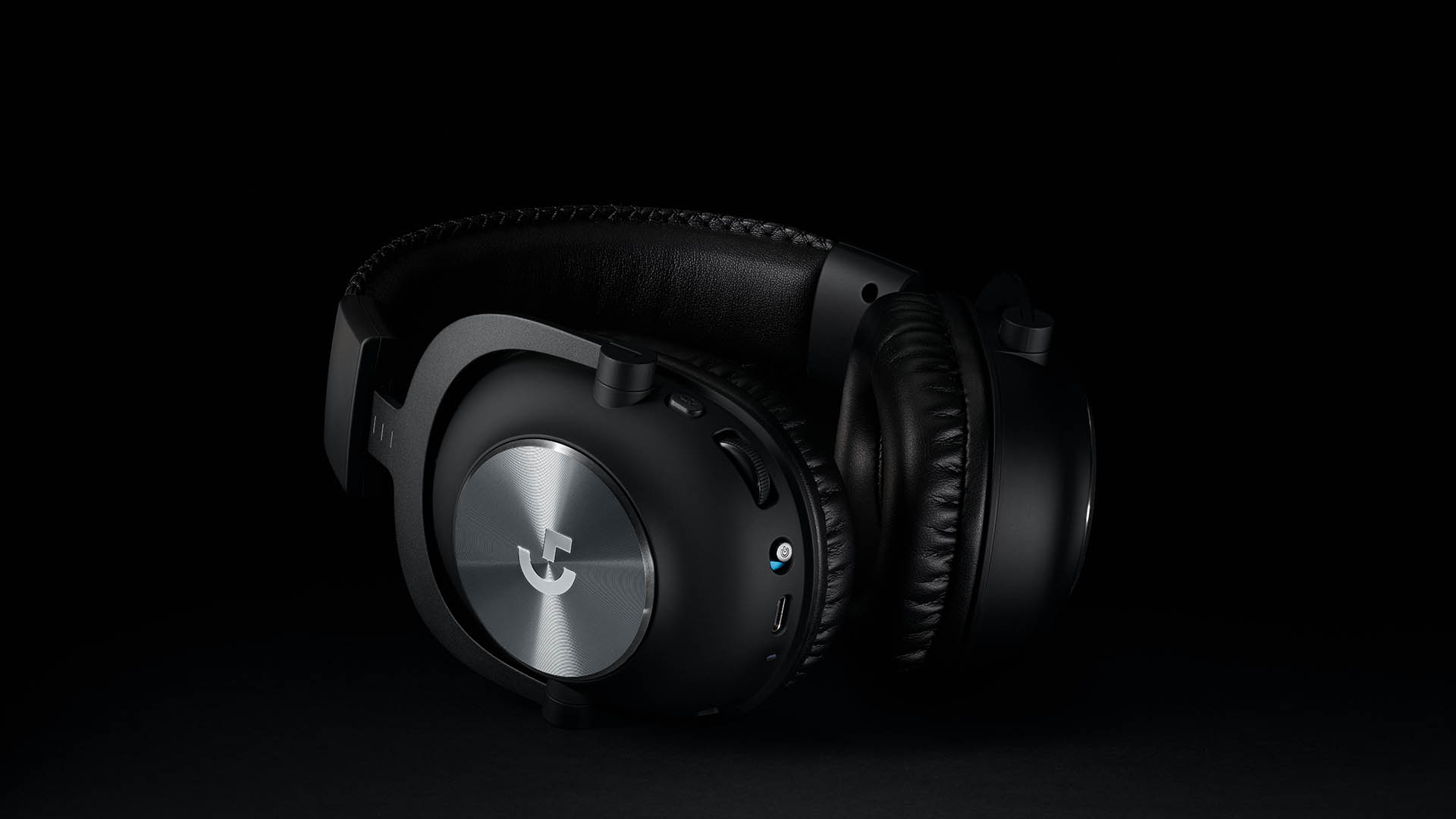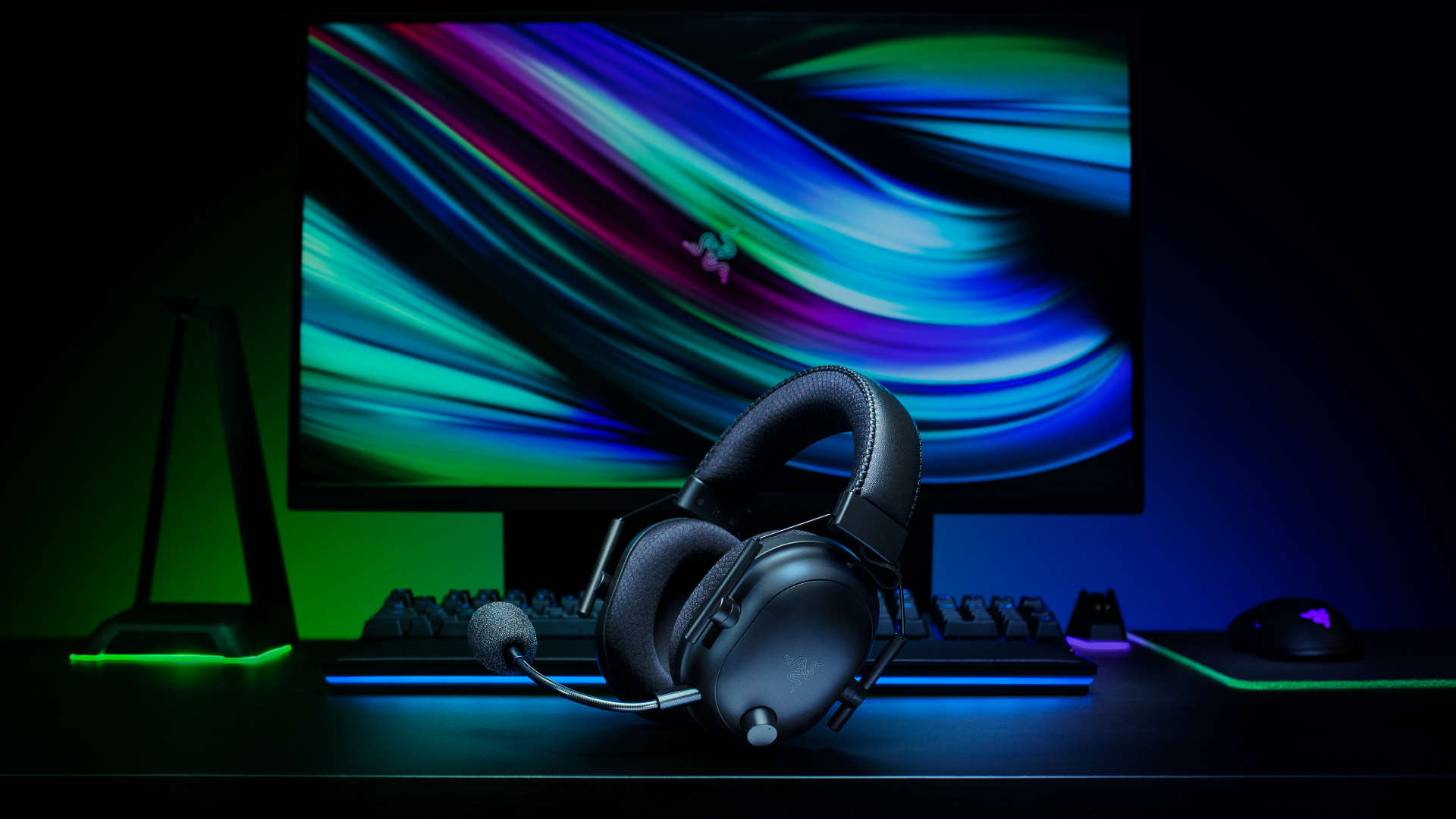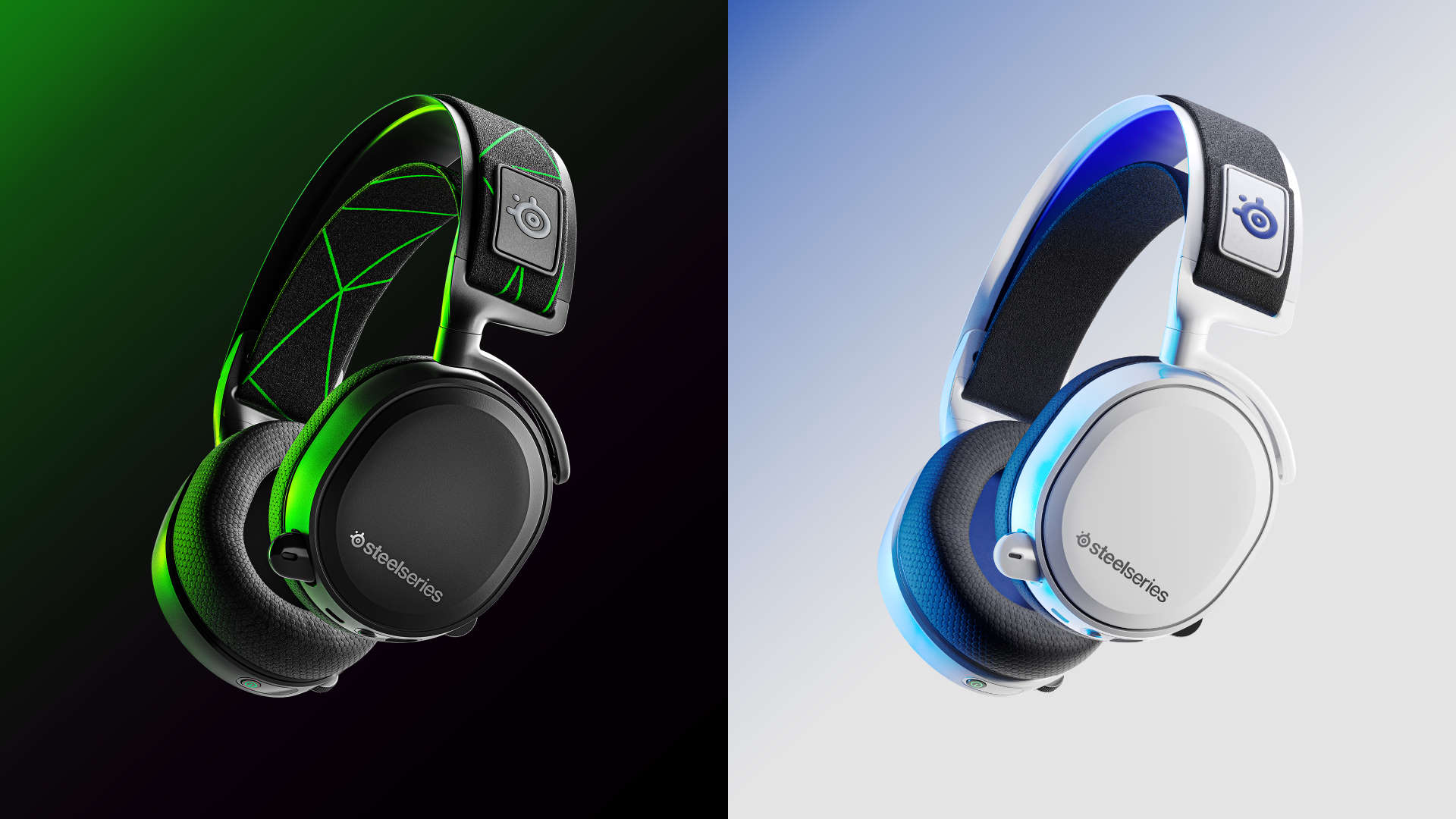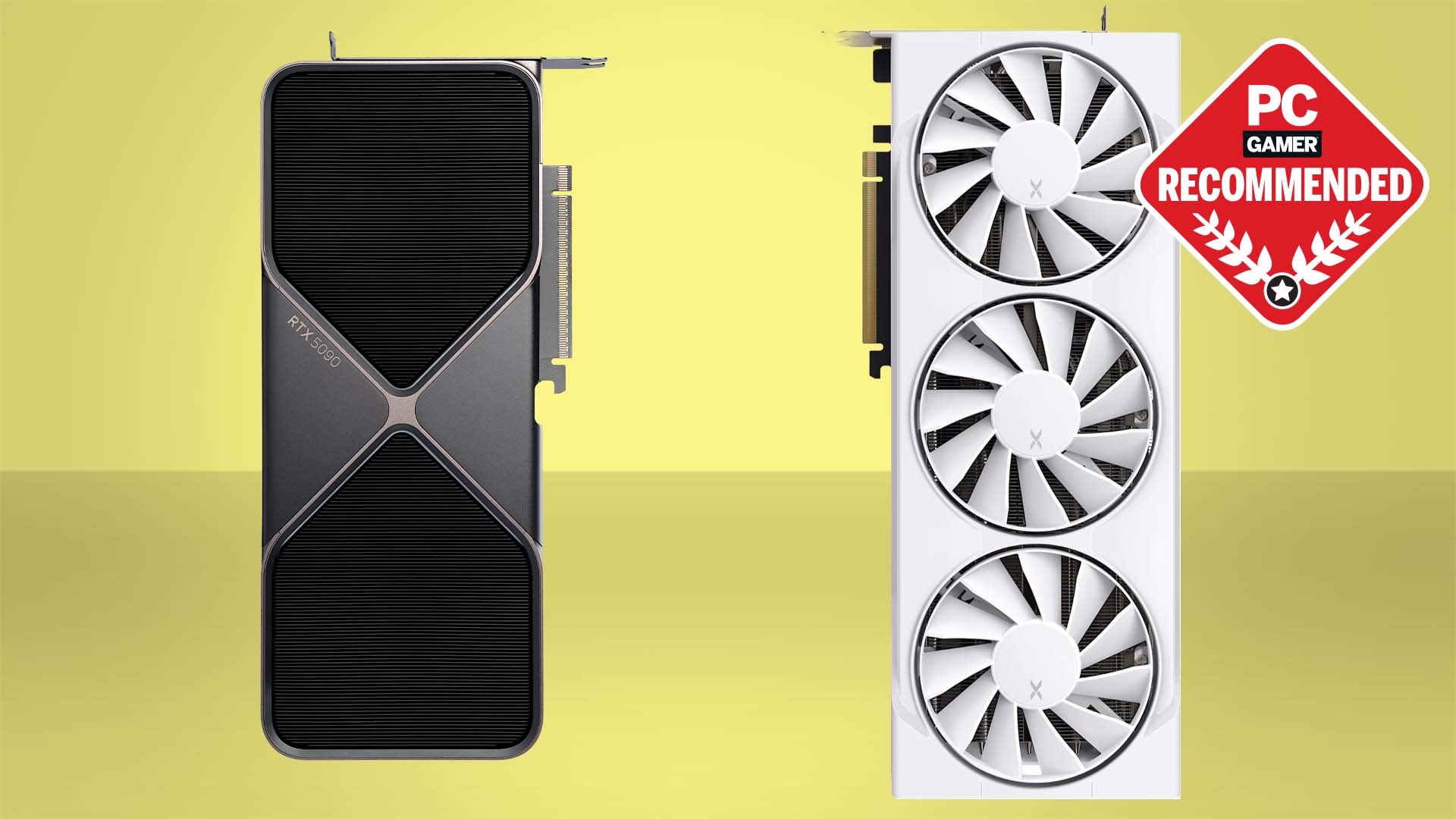Wireless gaming headsets are no longer an expensive compromise
Free your gaming audio.

Wireless gaming headsets. That's a phrase which curdles the blood of many PC gamers, associating them with crackling sound, game-breaking lagginess, and short-lived batteries that die in the middle of a CoD:Warzone kill streak. Adding insult to injury is they can cost as much as a high-end graphics card. For the longest time, the best wireless gaming headsets were a risky proposition at best and an absurdly expensive paperweight at worst. But no longer.
PC gaming peripherals should be fast, lag-free, and reliable in any gaming situation. Wireless headsets traditionally weren’t that, and you had to pay a high price for the privilege, which sealed their fate with many gamers. These days, however, pretty much all those concerns are non-entities but we can still understand your skepticism about spending your hard earned cash on a traditionally risky peripheral.
Indulge us for a few minutes as we make the argument that wireless gaming tech is so much better today than you might think. Consider that five of our best gaming mice in 2020 are all wireless. These mice are so good over wireless with no discernable difference in input lag compared to wired mice, to the point that even esports athletes (and yes, they are athletes) use them in competitive play.
And that very same tech has made its way into wireless gaming headsets too.
But first some history for context. Wired headsets have traditionally outperformed their wireless counterparts and for good reason - bandwidth. Originally, headsets depended solely on Bluetooth for wireless connectivity to devices. The low bandwidth meant audio quality was bad, connections finicky, and there was noticeable lag between the audio and visual.
Obviously, that’s bad for gaming where audio cues, such as opponent footsteps, are often more important than visual ones. And let's not even speak about an often atrocious battery life that rarely exceeded 3–4 hours.
This all changed a few years ago with the introduction of Bluetooth 4.0 which saw dramatically better bitrates, latency and greater low power efficiency. Coupled with new compression standards, such as aptX, they now sound as good as wired headsets. However, the biggest evolution in wireless headsets came when manufacturers co-opted the tech used in the best wireless mice — 2.4GHz Wireless.
Keep up to date with the most important stories and the best deals, as picked by the PC Gamer team.

This is a one-to-one WiFi protocol that employs higher bandwidth than Bluetooth to transmit high resolution audio data without any latency or compression. This means your games (and everything else) sound way better and is always in sync with the action. It offers a rock solid 16ms latency, well below the 25ms at which the brain is suggested to perceive audio lag. The added bandwidth opens up other options such as virtual surround sound which can add an extra level of immersion in games.
Like Bluetooth, 2.4GHz wireless works across literally every device if they have a compatible transmitter—usually a USB dongle of some sort. Yes, it is an additional piece of hardware to manage, and another USB slot gone, but it’s still better than managing cables. Most headset dongles will work seamlessly across PC, Mac, PlayStation 4 and Nintendo Switch without any special software.
The exception is Xbox which uses a proprietary 2.4GHz connection that works splendidly with first party peripherals but not for 3rd party peripherals.
As irritating as that may be, many manufacturers have two versions of their headsets to fix this; one for PC/Xbox and another for PC/ All other consoles. The SteelSeries Arctis 7X and 7P are a perfect example of this dichotomy. Nevertheless, Microsoft's implementation has the benefit of not needing an extra dongle, which is nice.

And now there are also dual wireless headsets which use both 2.4GHz wireless and Bluetooth simultaneously. This is awesome because you can game on your PC/ Console and stay connected to your phone through the same headset. The headsets still require a dongle for PC or console, but use Bluetooth to connect to your smart devices.
But no amount of lag-free, hi-res, mind-blowing audio matters if the headset keeps running out of battery every few hours.
We’re happy to report most modern wireless headsets have an average of 16-20 hours of battery life with some like the EPOS | Sennheiser GSP 370 that last 100 hours per charge. Admittedly, too many headsets still charge via the outdated Micro-USB, which irks us endlessly, but manufacturers are now adopting the friendlier USB Type-C. Some others are even exploring wireless Qi charging as well.
So yeah, here at PC Gamer we are huge fans of wireless headsets. You can get a good headset for as little as $100 all the way to $500 monstrosities that include everything and the kitchen sink. Your budget is the only limitation but like with wired headsets, performance and features grow the higher the cost, but if you make the right choice the wireless design is no longer the compromise.
PC Gamer created this content as part of a paid partnership with Currys PC World. The contents of this article are entirely independent and solely reflect the editorial opinion of PC Gamer.
Kizzy is the consummate geek, with black turtleneck design sensibilities, always on the hunt for the latest, greatest, and sexiest tech. He's played Doom on the OG Pentium and still remembers how to hack a dial-a-phone. After four decades of being crazy about tech, he's literally just getting started. It's the age of the geek, baby!


